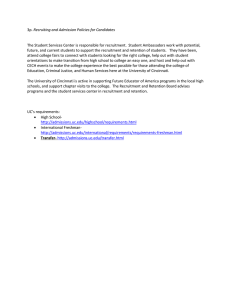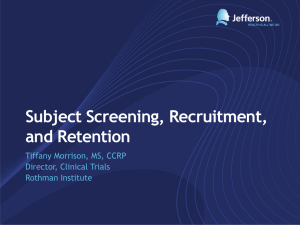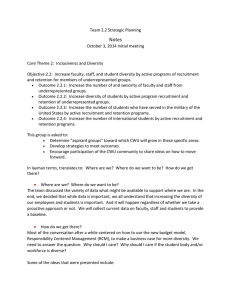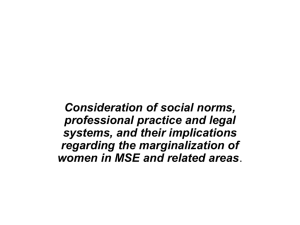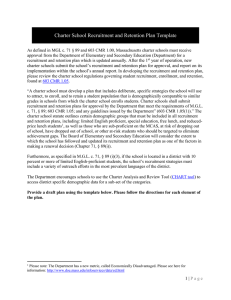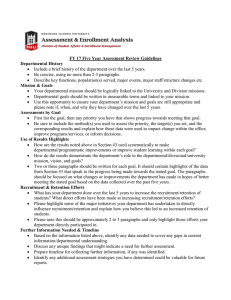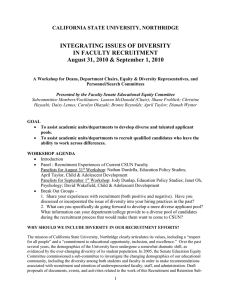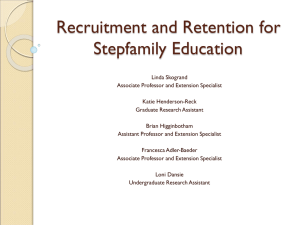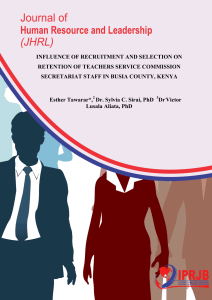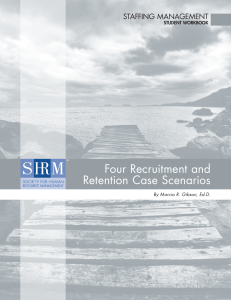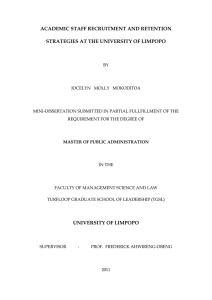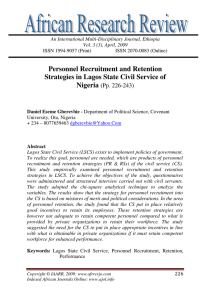Description of Final Six Project Areas
advertisement
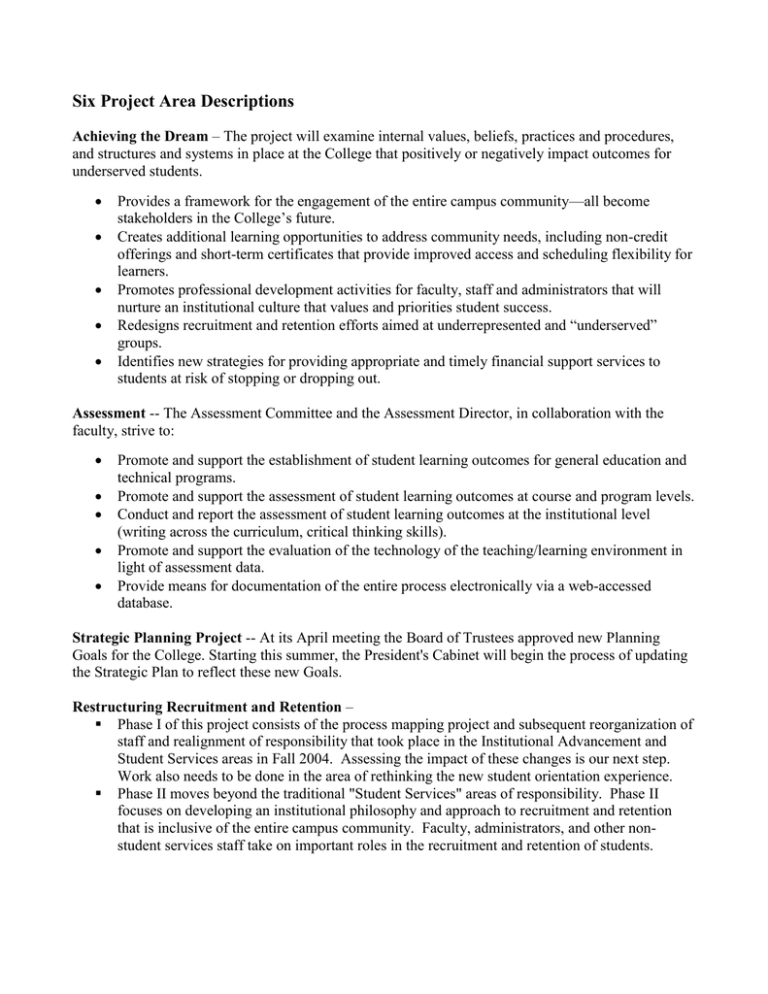
Six Project Area Descriptions Achieving the Dream – The project will examine internal values, beliefs, practices and procedures, and structures and systems in place at the College that positively or negatively impact outcomes for underserved students. Provides a framework for the engagement of the entire campus community—all become stakeholders in the College’s future. Creates additional learning opportunities to address community needs, including non-credit offerings and short-term certificates that provide improved access and scheduling flexibility for learners. Promotes professional development activities for faculty, staff and administrators that will nurture an institutional culture that values and priorities student success. Redesigns recruitment and retention efforts aimed at underrepresented and “underserved” groups. Identifies new strategies for providing appropriate and timely financial support services to students at risk of stopping or dropping out. Assessment -- The Assessment Committee and the Assessment Director, in collaboration with the faculty, strive to: Promote and support the establishment of student learning outcomes for general education and technical programs. Promote and support the assessment of student learning outcomes at course and program levels. Conduct and report the assessment of student learning outcomes at the institutional level (writing across the curriculum, critical thinking skills). Promote and support the evaluation of the technology of the teaching/learning environment in light of assessment data. Provide means for documentation of the entire process electronically via a web-accessed database. Strategic Planning Project -- At its April meeting the Board of Trustees approved new Planning Goals for the College. Starting this summer, the President's Cabinet will begin the process of updating the Strategic Plan to reflect these new Goals. Restructuring Recruitment and Retention – Phase I of this project consists of the process mapping project and subsequent reorganization of staff and realignment of responsibility that took place in the Institutional Advancement and Student Services areas in Fall 2004. Assessing the impact of these changes is our next step. Work also needs to be done in the area of rethinking the new student orientation experience. Phase II moves beyond the traditional "Student Services" areas of responsibility. Phase II focuses on developing an institutional philosophy and approach to recruitment and retention that is inclusive of the entire campus community. Faculty, administrators, and other nonstudent services staff take on important roles in the recruitment and retention of students. Integration of Technology in the Classroom -- This initiative is founded on the premise that the integration of technology in the instructional process offers the potential to enhance the content, presentation and methods used for instructional material. It also provides alternative delivery methods which increase access to our student population. Integration includes: Classroom Technology Infrastructure Online, Distance and Web-Enhanced Classes Faculty Training and Development Technology Pilot Projects Challenges and Future Plans Mission and Vision – This project entails re-visiting of the College’s Mission and Vision for the purpose of developing a common understanding of the Mission and Vision thus facilitating communication and strategic planning.
